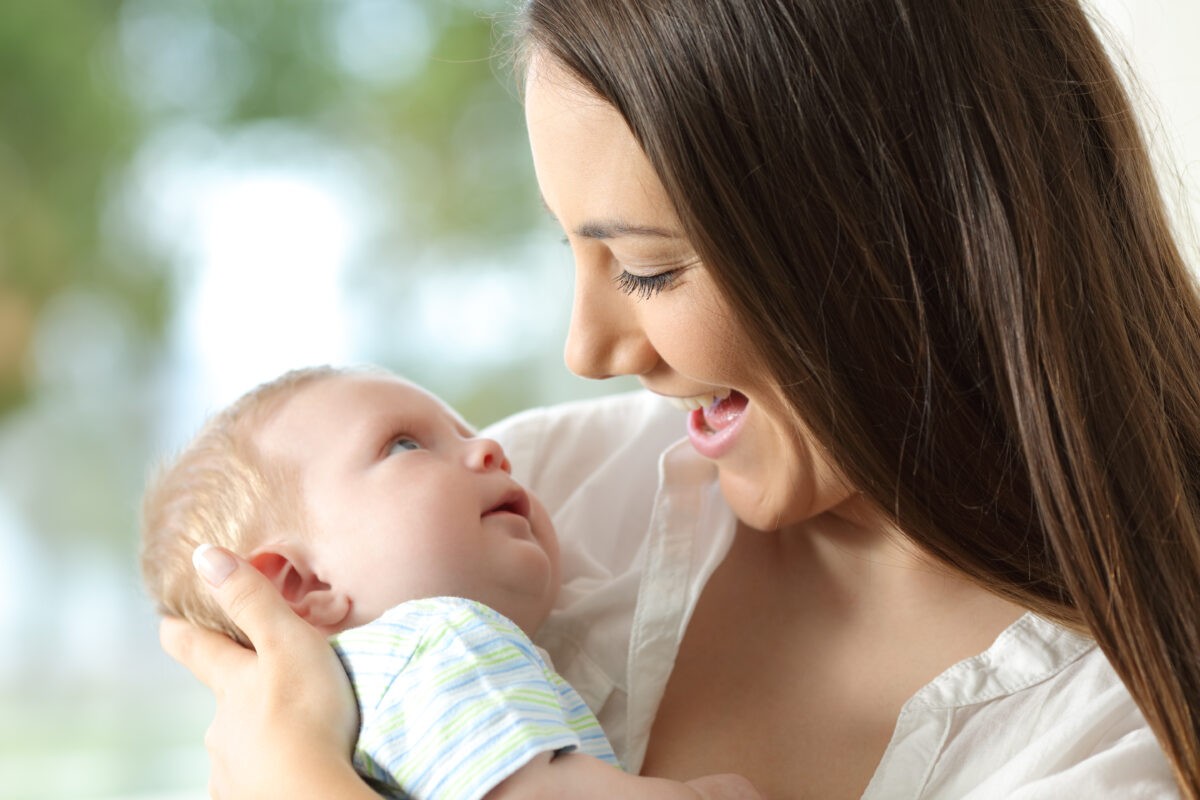Help foster your child’s creativity and imagination with these fun toy activities.
by Michelle Anthony, PhD via Scholastic
Open-ended toys: These are toys that can be played without an end goal in mind, encouraging creative problem solving and fostering imagination.
- Blocks: Foster thinking such as measurement, equality, balance, shape, spatial relationships, cause-and-effect, physical properties, gravity, etc. Think of many different kinds: wooden, bristle, Duplo®, etc. Magnetic and foam blocks are particularly good for younger infants, whose coordination is less developed.
- Dress Up Props: As toddlers develop, dress up and symbolic play fosters creativity! A dress up bin that leaves lots to your child’s imagination is a perfect way to enhance thinking.
- Pretend Play: As toddlers develop, their imaginary play skyrockets. Support your child’s creative thinking with people or animal figures, vehicles, puppets, etc., allowing them to weave their own storylines.
- Books: Remember that books can be toys as well! Get baby-safe sturdy board books, or cloth or bath ones. From simple stories, to pop out pieces, to touch and feel, to wordless tales, books can take your child to magical places…be sure you are along for the ride!
- Puzzles: While there is usually one set solution for a puzzle, there are many ways to get there. You can also use puzzle pieces as puppets or for storytelling. And many make sounds, foster thinking skills, or otherwise engage very young learners.
- Storytelling Pieces: Think magnets of family photos, felt shapes or objects that move around felt attached to a cork board, etc. Talk with your child about what he is doing, or create an ad hoc silly story on the spot.
Art Materials: Make sure these are always non-toxic and baby-safe. Getting chunky ones makes them easier for younger children to hold. Washable items make clean up easier!
- Think crayons, markers, paints, chalk, stampers, Dot Stampers (low mess!), etc.
- Don’t forget playdough, clay, and other soft malleable substances (e.g., cornstarch and water is a magical experience!)
- Collage materials, if safe and supervised, are great ways to extend thinking and make art more three-dimensional. Think yarn, lace, fabric scraps, floral foam, chenille stems, even cardboard paint chip samples will add color and design!
- With supervision, introduce scissors, tape, glue, and other materials by letting your child explore with no end goal in mind.
- Do finger paints, shaving cream play, or other messy art in the tub for easy clean up.
- Worried your baby puts everything in her mouth? Don’t let this stifle creativity! Why not add a dab of food coloring to your baby’s yogurt and let him “paint” his tray? Love what she did? “Capture” it by placing paper atop it and gently pressing to get a reverse print to dry and hang. Instant art!

